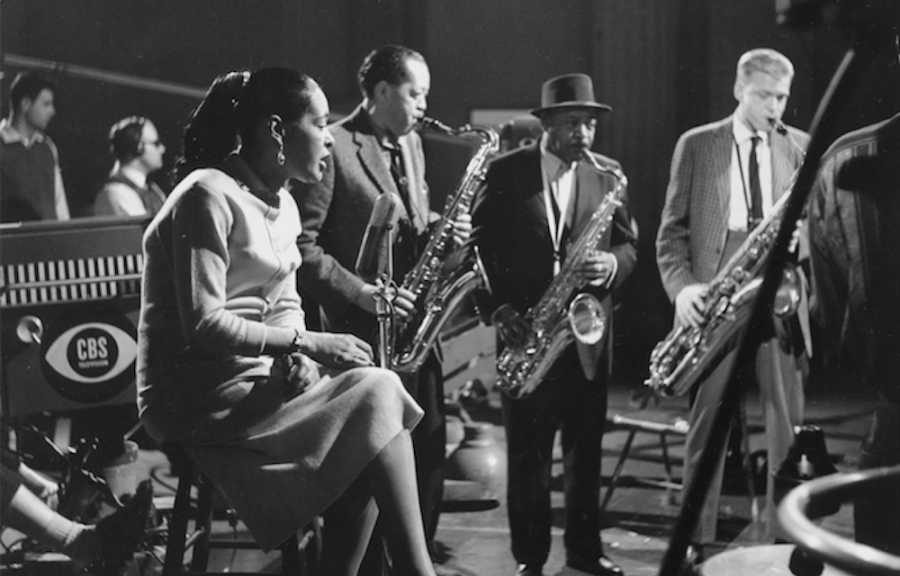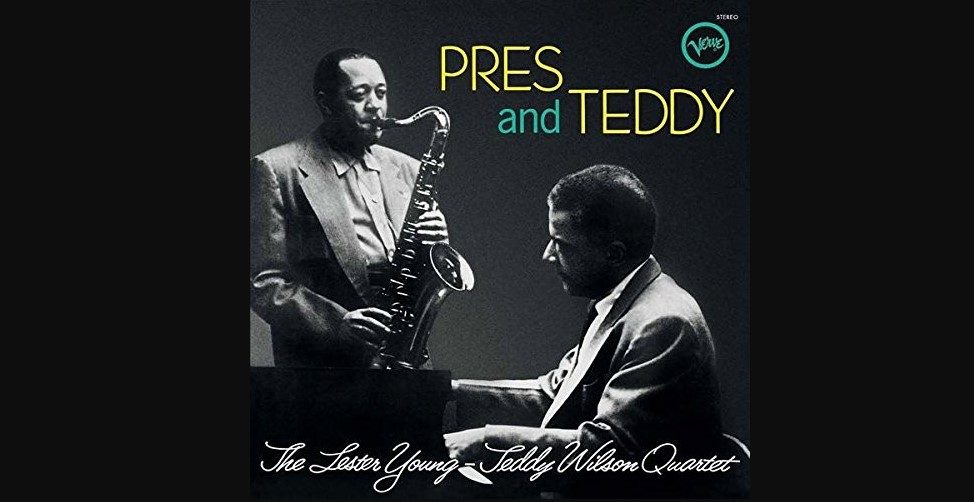Where is the real Power in management?
With the prospect of working for a person I did not respect, it also became clear to me that people who win proposals are often not the right people to perform the work. In fact, the Power had quickly shifted from those who were Clever to those who were… well… more predictable to manage. The combination had resulted in my friend, the AA, setting me up with a new opportunity to work on another important division project that “needed some help”…
Our division was created to support the Federal government with their computing needs. As that continued through the ’50s, we became more involved in “classified” work with what are known as “three-letter agencies”. One of them had expressed an interest in a large-scale Parallel Processing project at IBM’s Research Division, and they needed someone to coordinate between Research, FSD, and the customer. IBM also had a long history of seriously investing in career management, and my current Development Plan showed I wanted to work in Research. As such, the AA made the match, and I was set up to talk to the manager of that project…
Often what looks Powerful isn’t…
Lester Young uses rhythm in how he phrases his notes in such an elastic way that he seems to careen through his solo, glancing off of the solid rhythmic bass laid down behind him by Count Basie. Young’s sound was what tenor saxophonists call “light,” meaning it had a keening quality that was antithetical to the “heavy,” dense, sonorous sound typified in the swing era by jazz tenor titan Coleman Hawkins. The result of this light sound being allied with great rhythmic elasticity was that Young floated through his solos, whereas Hawkins bustled through with Power.
Coleman decided to leave Fletcher Henderson’s orchestra, even though Henderson was well regarded for his compositions and conduction after working with Benny Goodman. Lester thought taking Hawkin’s place would be a great way to move up in jazz. Despite the high hopes of everyone concerned, Young’s entire approach to the tenor saxophone was antithetical to Hawkins’s. It appears that Henderson and his band were not prepared for this huge change. Consequently, Young’s employment with Henderson was short-lived and exasperating. Lester requested a letter from Henderson stating that he had not been fired for musical inadequacy, which Henderson gladly provided to him. Young’s playing simply didn’t fit into the Henderson band’s style.
… but can eventually manage well
Young soon left Henderson to play in the Andy Kirk band (for six months) before returning to Basie. While with Basie, Young made small-group recordings, and although they were recorded in New York, they are named after the group, the Kansas City Seven. These recordings, building on those from Hammond, slowly started to be heard by other budding musicians, and eventually would morph into what would be called the “cool” approach to Jazz. And soon, it would land him working with another giant of music and Jazz…
At this point in the middle ’80s, IBM was certainly the most powerful computer company in the world, and one of the most well respected. There was actually a task force to decide what to do when our gross sales projected within 5 years of $200 Billion were more than 10% of the US total GDP. As I said, they took management and people development seriously, investing heavily in an entire process that ensured they had key leaders ready to continue to grow Powerfully. AA’s were a part of that process. Always a rotational assignment, a key leader at the Director level would mirror a Division President (or higher) for a year. Yes, they did a lot of Administrative work, but the real purpose was to see what the top of the ladder looked like, and develop relationships with other AA’s for when they were all at that Poweful level.
My friend had landed that role for our “new” division President. Having recently convinced the mainstream IBM company that our Federal business would have more Power if we were named Systems Integration Division. Harkening back to IBM’s original roots where we “leased” computers and made money on consulting and services, he saw this trend coming back. Our division was one of the few that did, in fact, work on non-IBM equipment, which was at this point, forbidden by the “real” IBM.
How are you managing your Power pipeline?
There is a lot of current focus on The Great Resignation, and I am surprisingly glad – it has ALWAYS been the case that if you don’t work on managing and developing your top talent, they will move on. In fact, if you are not actively recruiting – ALWAYS – then you will find yourself behind the leading companies that do it constantly. Do you have active Development Plans for each of your team members, and how often do you review them? We had a practice that our Strategic Plan and our employee’s Development Plans were reviewed together, ensuring we managed to have the talent when the Strategy needed it. It spoke Powerfully to the investment we were making in the most critical asset to any business – the people. This is what all top talent looks for – not just work, not just a job, but a real reason why they are needed and developed. That is the Power that is now being seen taken back from leaders who have ignored this critical competency for too long.
I was a part of that now, with my friend’s help, managing to get into what would minimally be an interesting next step towards working in Research. Would it turn out to be a Power move, or simply a set of interesting stories? At this point, I didn’t care… and it was just like this track from the Kansas City Sessions – Lester Leaps In.




